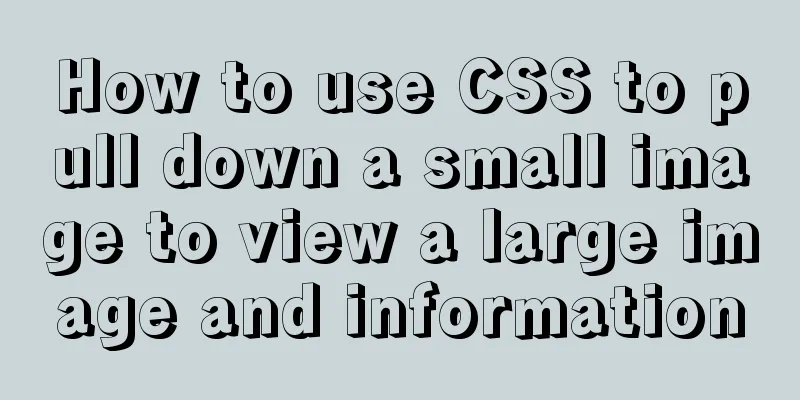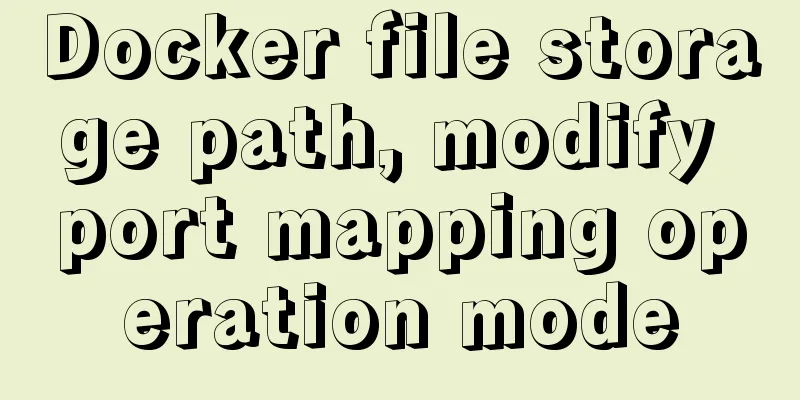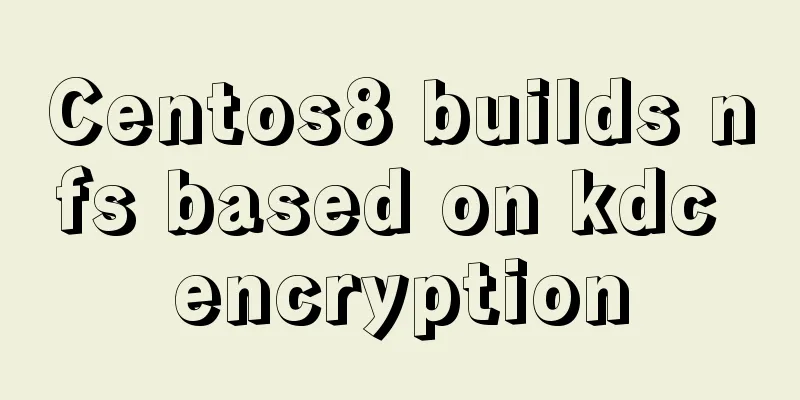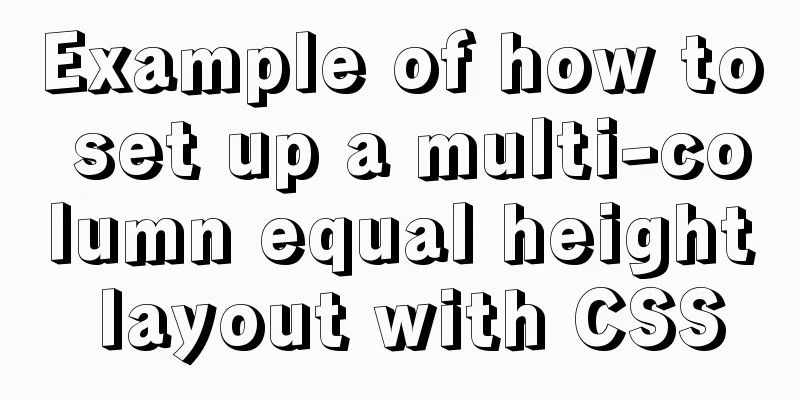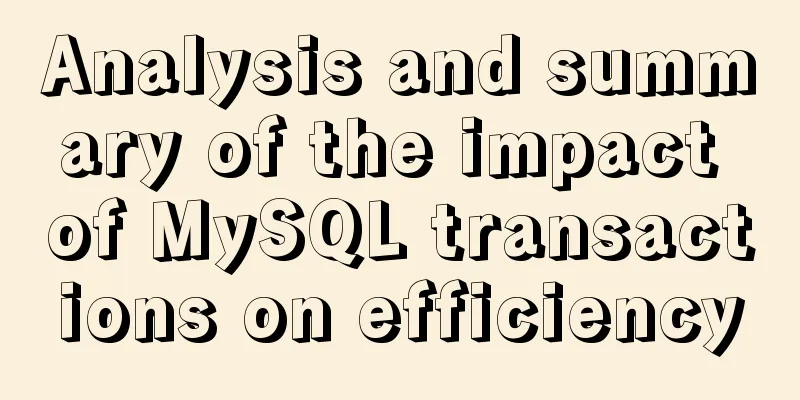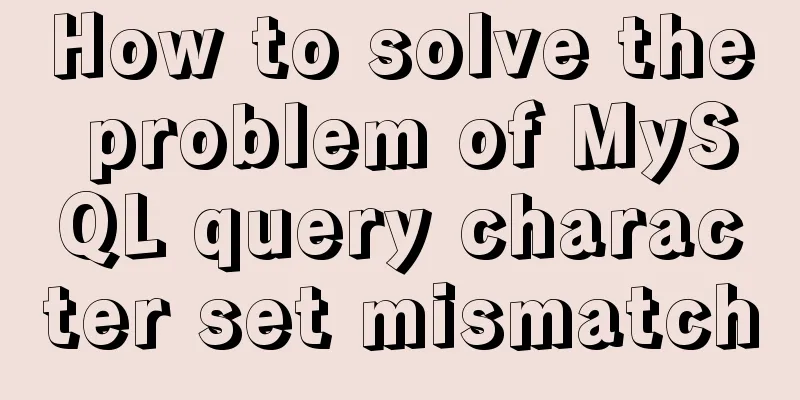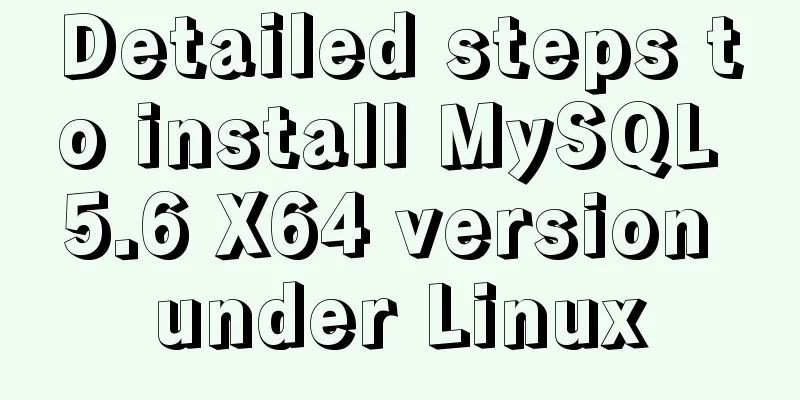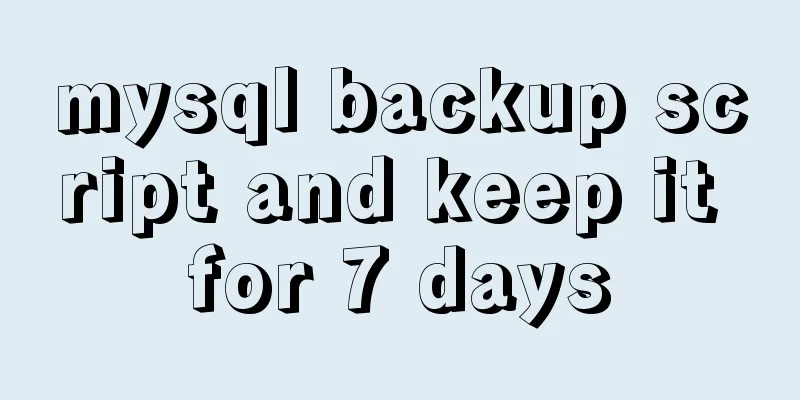Implementation of communication between Vue and Flask
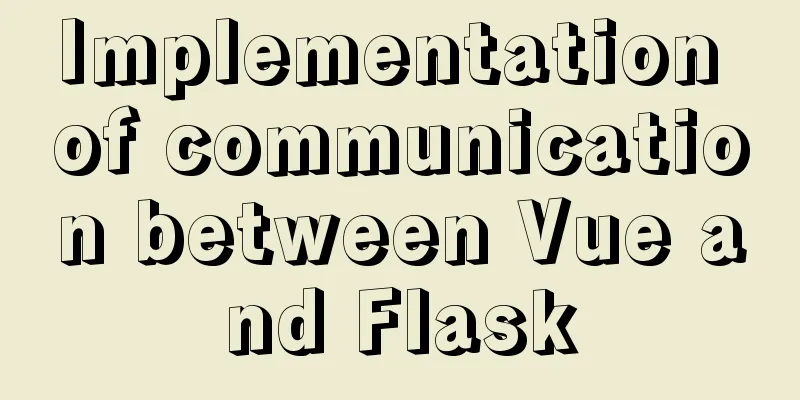
Install axios and implement communicationHere we use axios to connect the Vue front end and the Flask back end, and use AJAX requests to communicate. Install using the following command npm install axios The usage format of axios:
import axios from 'axios';
export default {
data: function () {
return {
serverResponse: 'res_test'
};
},
methods: {
getData() {
// Set the corresponding python interface, here we use localhost:5000
const path = 'http://127.0.0.1:5000/getMsg';
// Here we need to use res => to represent the returned data axios.get(path).then(res => {
// Here the server returns a response as a json object // Access the returned data through .data, and then access it through .variable name // You can directly get the key-value through response.data
var msg = res.data.msg;
this.serverResponse = msg; // Because this cannot be used directly as a pointer, this is assigned to the then pointer before alter('Success' + response.status + ',' + response.data + ',' + msg); // Display prompt after success }).catch(error => {
console.error(error);
});
}
},
}
Code and DemoFront-end codeRewrite the ./components/HelloWorld.vue file. The code is as follows:
<!-- html part -->
<template>
<div>
<span>{{ serverResponse }}</span>
<!--{{}} is used here to reference the value assigned to this in JavaScript-->
<button @click="getData">get data</button>
</div>
</template>
<!-- js part -->
<script>
import axios from 'axios';
export default {
data: function () {
return {
serverResponse: 'res_test'
};
},
methods: {
getData() {
// Set the corresponding python interface, here we use localhost:5000
const path = 'http://127.0.0.1:5000/getMsg';
axios.get(path).then(res => {
// Here the server returns a response as a json object // Access the returned data through .data, and then access it through .variable name // You can directly get the key-value through response.data
var msg = res.data.msg;
this.serverResponse = msg; // Because this cannot be used directly as a pointer, this is assigned to the then pointer before alter('Success' + response.status + ',' + response.data + ',' + msg); // Display prompt after success }).catch(error => {
console.error(error);
});
}
},
}
</script>
<!-- css part -->
<!-- Add "scoped" attribute to limit CSS to this component only -->
<style scoped>
h1,
h2 {
font-weight: normal;
}
ul {
list-style-type: none;
padding: 0;
}
li {
display: inline-block;
margin: 0 10px;
}
a {
color: #42b983;
}
</style>The main implementation here is to interact with the server by clicking a button to obtain data and transmit it back to the front end, and then re-render the front end with the obtained data.
After getting the above page, we click the get date button, which will send a GET request to the backend. After the backend server monitors the request, it will return the corresponding data.
Client code
from flask import Flask
from flask import jsonify
from flask_cors import CORS
app = Flask(__name__)
cors = CORS(app, resources={r"/getMsg": {"origins": "*"}})
@app.route('/')
def hello_world():
return 'test!'
# Listen for 127.0.0.1:5000/getMsg requests @app.route('/getMsg', methods=['GET', 'POST'])
def home():
response = {
'msg': 'Hello, Python!'
}
return response
if __name__ == '__main__':
app.run()
This is the end of this article about the implementation of Vue and Flask communication. For more relevant Vue and Flask communication content, please search for previous articles on 123WORDPRESS.COM or continue to browse the following related articles. I hope everyone will support 123WORDPRESS.COM in the future! You may also be interested in:
|
<<: Solution to the paging error problem of MySQL one-to-many association query
>>: How to read the regional information of IP using Nginx and GeoIP module
Recommend
Detailed analysis of each stage of nginx's http request processing
When writing the HTTP module of nginx, it is nece...
How to completely uninstall Docker Toolbox
Docker Toolbox is a solution for installing Docke...
Detailed explanation of the solution to the Baidu https authentication prompt "Please redirect your http site 301 to the https site"
I recently wanted to convert a website to https a...
React ref usage examples
Table of contents What is ref How to use ref Plac...
How to set mysql permissions using phpmyadmin
Table of contents Step 1: Log in as root user. St...
Detailed explanation of JavaScript program loop structure
Table of contents Select Structure Loop Structure...
Web Design Tutorial (6): Keep your passion for design
<br />Previous article: Web Design Tutorial ...
A simple LED digital clock implementation method in CSS3
This should be something that many people have do...
Detailed steps to enable SourceGuardian (sg11) encryption component on Linux virtual hosts
Note: sg11 Our company only supports self-install...
Detailed explanation of special phenomena examples of sleep function in MySQL
Preface The sleep system function in MySQL has fe...
Example code for implementing 3D Rubik's Cube with CSS
Let's make a simple 3D Rubik's Cube today...
A QQ chat room based on vue.js
Table of contents Introduction The following is a...
How to implement horizontal bar chart with percentage in echarts
Table of contents Example Code Rendering Code Ana...
jQuery achieves large-screen scrolling playback effect
This article shares the specific code of jQuery t...
Example of troubleshooting method to solve Nginx port conflict
Problem Description A Spring + Angular project wi...


